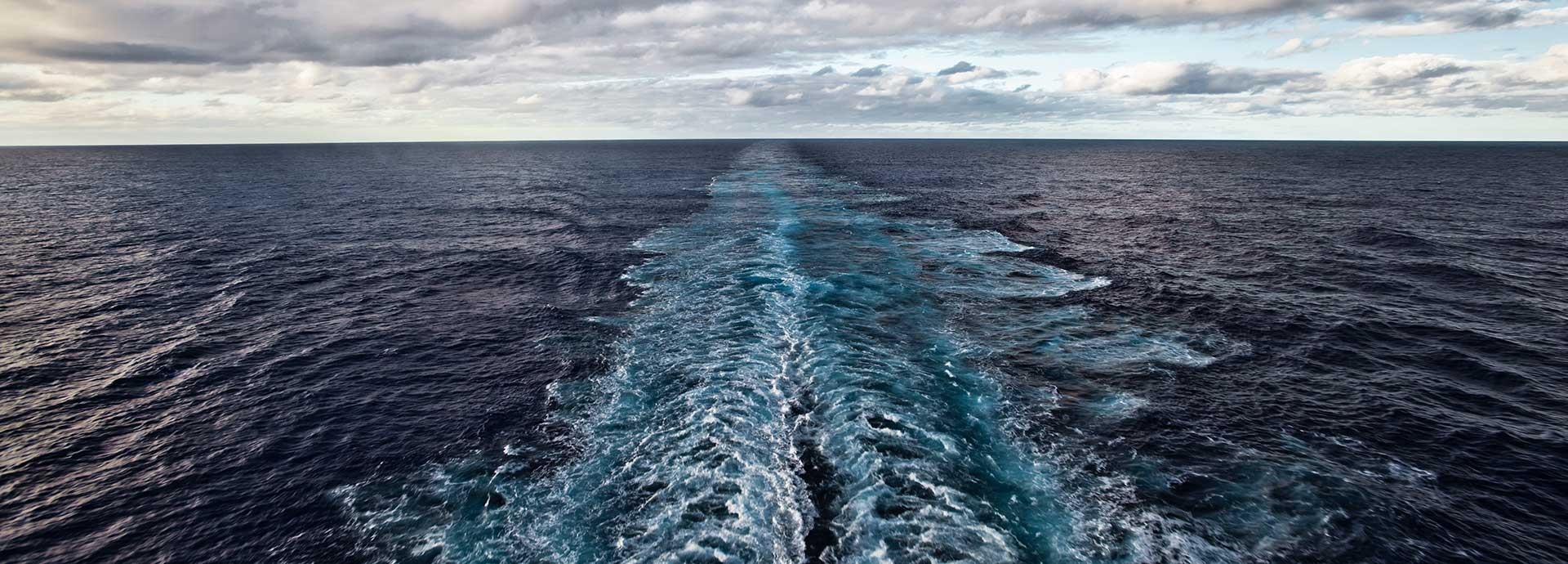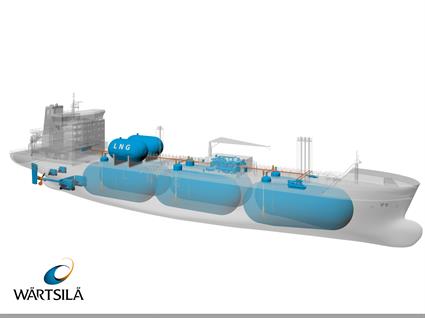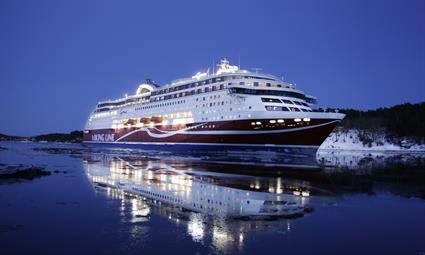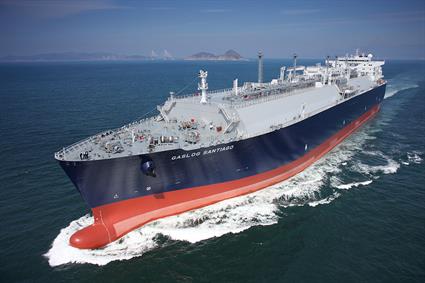

A key theme for the marine industry is to improve energy efficiency. Let’s find out why this is important and what makes it possible.
The sight of ships sailing in open seas has captivated mankind for generations. In the face of rapid improvements in land and air transport, shipping remains the most efficient means by which goods can be transported across the globe. But this comes at a cost, in terms of emissions.
Shipping emissions have risen considerably, compared with other sectors, forming about 3% of total global emissions. To control this, the International Maritime Organization (IMO) - the global watchdog for the sector - has introduced 2 yardsticks. One, the Energy Efficiency Design Index (EEDI), which mandates improvements in design, and second, the Ship Energy Efficiency Management Plan (SEEMP), which requires ship owners to have a plan for improving the operational energy efficiency of their existing fleet.
Tomas Hakala, Vice President, 4-Stroke Engine Services, Wärtsilä, says the move was inevitable and that ship owners have recognized the need for it.
“Owners are already taking these requirements into consideration when designing the new vessels. Of course, there are challenges in the form of additional work load and costs to make them compliant with the new regulations. But the reaction in the industry has been positive,” he says.
Their willingness to adapt to these new regulations is easier to understand when one considers the current state of the industry, says Giampiero De Cubellis, General Manager, Sales Support Development & Projects, Wärtsilä Services.
“The challenge in the market is clear. If revenues are going down, there is only one way to be successful. To really think about how every single gram of your fuel is utilised on board and how you can get the maximum out of it and this means energy efficiency.”

From new designs to upgrading existing fleets
So, what kind of concrete action is the industry taking to achieve its energy efficiency goals? Let’s look at the cruise and ferry industry, one of the fastest growing sectors in tourism. It attracted nearly 22 million passengers in 2015, growing at an annual rate of 8% over the past 15 years.
For new ships, ship-owners and operators are using more energy-efficient hull designs, while adopting hybrid and diesel-electric propulsion systems. But these measures are cost-intensive and it will take time for these new ships to hit the water. In the meantime, industry experts are advocating the more cost-effective option of upgrading existing fleets and making improvements to its operations and maintenance.
“Even small changes in operating conditions can lead to substantial changes in energy consumption. Potential areas of efficiency improvements include time spent in port, economical voyage planning, weather routing, active speed optimisation and maintenance choices that look at the best economical life times of components rather their maximum technical life time,” explains Hakala.
Digital technologies are the key to execute this successfully, helping ship owners and operators make informed decision about their equipment. Thanks to Internet-of-Things (IoT)-related technologies, smart maintenance solutions now enable you to predict when your machine will break down. This combined with the use of upgrades has seen cruise and ferry ships improve energy efficiencies rapidly.
The case of the cruise ferry ship ‘Viking Grace’ operated by Viking Line, is a good example of how to improve energy efficiency. For instance, grids have been installed on the vessel’s bow thrusters which has reduced hull resistance by 3.5%, while hardware solutions including speed controls have been introduced on different pumps and ventilation systems to improve their efficiencies. Other energy saving features that have been installed include storage of waste heat and its subsequent conversion to electricity, and LNG heat recovery.

A holistic approach
Meanwhile, the merchant shipping sector is dealing with similar challenges, with the added challenge of trying to rationalize costs. The sector has had to deal with continued overcapacity in the existing fleet which in turn has driven down freight and charter rates. The only solution for ship owners and operators is to cut costs by improving energy efficiency.
“There is only one way to be successful today, to really rethink the concepts of managing ships based on the market realities that these new rules and regulations have brought in,” explains De Cubellis.
Merchant ships are moving towards the installation of LED-lighting and better management of the propulsion system and power distribution to help reduce power consumption. Additionally, smart technologies are being used to continuously monitor the vessel. The data is then analysed, helping engineers identify specific upgrades that can improve the efficiency of the vessel.
Take the case of Gaslog LNG services, an operator of liquefied natural gas carriers. The company has over the past 3 years, managed to reduce its Energy Efficiency Operating Index by 30% by adopting a series of solutions like optimized hull forms, more efficient propulsion systems like the latest Wärtsilä X -DF two-stroke dual-fuel engine and utilising cleaner fuels. The company also fine tunes its systems constantly to find new areas where it can improve efficiencies. This holistic approach, says De Cubellis, is essential if the new rules are to be met.
“The strength in Wärtsilä has been a combination of all these factors, to present customer solutions which really match the customer need. To do this, we are asking questions first, acting like consultants while helping them get the maximum out of their existing equipment. We only propose essential changes with a clear budget and a clear return on investments made at that point of time,” he explains.
With everyone scrambling to meet these new regulations, the search for new ways and means to improve energy efficiency will dominate the maritime industry in the years to come. And the companies that are the first to crack the code, may well end up garnering the lion’s share of the market while contributing to a cleaner environment.



